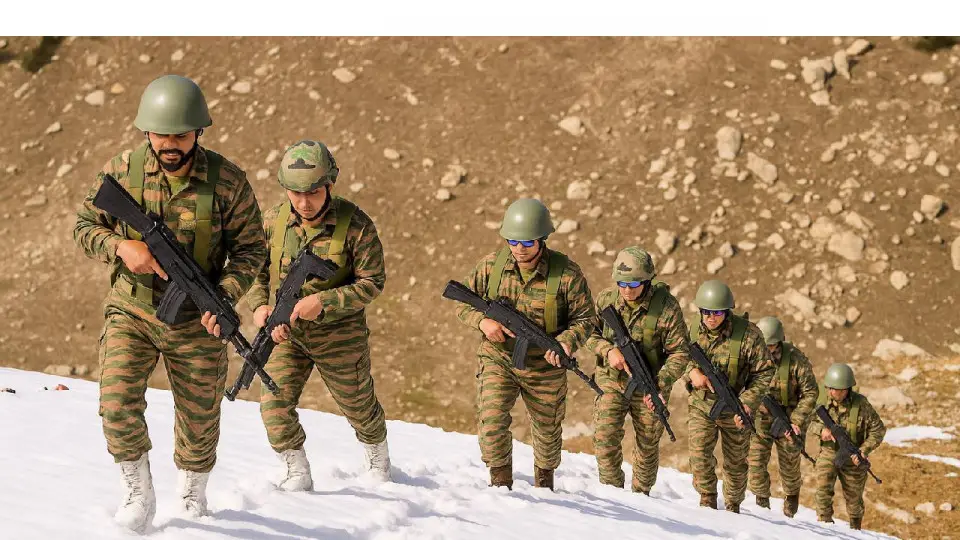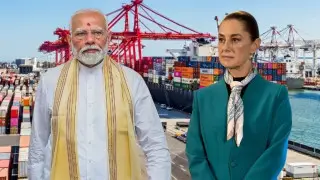
Pakistan Violates Ceasefire (Credit: Ai)
National News: The fragile calm along the Line of Control since May 10 was disrupted once more when Pakistani troops opened fire on Indian posts. On the night of October 26-27, Pakistan violated the truce in Leepa Valley, using both small arms and mortar shells. The firing came without provocation, shocking locals who believed peace had finally returned.
Sources suggest the attack was deliberate, aimed at unsettling Indian defences, but the move backfired. India’s forces were ready and delivered a strong counter-response.
The Indian Army reacted instantly to Pakistan’s aggression, returning fire with accuracy and force. Soldiers on duty at the LoC ensured that Pakistani guns fell silent within hours. The counteraction was intended not just to stop the firing but also to send a clear signal that India will not accept violations quietly.
For nearby villagers, the quick response offered reassurance. The Army’s preparedness reinforced India’s resolve to protect its borders and citizens from any external provocation.
In August, some media reports claimed that Pakistan had also violated the ceasefire in the Poonch sector. At the time, the Indian Army denied these allegations, clarifying that no firing had taken place. However, the confirmed attack in Leepa Valley has now raised suspicions that similar incidents could become frequent again.
The Army is maintaining extra vigilance across the entire border. The denial earlier was aimed at quelling unnecessary panic, but this time the violation has been officially acknowledged.
The Leepa Valley, located at an altitude of around 9,000 feet, holds major strategic importance. Historically, this valley has been a hotbed of infiltration attempts sponsored by Pakistan. Militants often use this rugged terrain to cross into Indian territory under the cover of shelling.
Control of Leepa Valley helps India secure a vulnerable part of its border. Any disturbance here directly impacts local villages and creates security challenges for the Army, making it a key point of focus.
India’s firm response to Pakistan’s hostilities earlier this year came in the form of Operation Sindoor. Launched on May 7, the operation destroyed nine terror camps across the border. Defence Minister Rajnath Singh confirmed that over 100 militants linked to Lashkar-e-Taiba, Jaish-e-Mohammed, and Hizbul Mujahideen were eliminated.
The strikes were carried out after the Pahalgam terror attack that killed 26 civilians. Pakistan, unable to cope with India’s powerful offensive, was forced to agree to a ceasefire on May 10.
Yes, Pakistan retaliated with drone and missile attacks soon after Operation Sindoor. However, India’s air defence systems neutralised most of them. In response, the Indian Air Force launched precision strikes on 11 Pakistani military bases. The heavy losses compelled Pakistan to ask for a ceasefire. Yet, by resuming fire in Leepa Valley, Pakistan risks re-igniting tensions. Analysts believe such actions show Islamabad’s desperation to disrupt India’s calm and strategic advantage along the LoC.
With winter approaching, infiltration usually decreases, but Pakistan’s firing signals unease. The Indian Army remains vigilant, ensuring that local populations are safe. India has so far respected the ceasefire pact, but repeated violations may test its patience. On the diplomatic front, Pakistan may try to deny these incidents, but the evidence is strong. For villagers near the LoC, the fear of escalation remains real. The coming weeks will decide whether Pakistan escalates or backs down under pressure.













Copyright © 2025 Top Indian News
